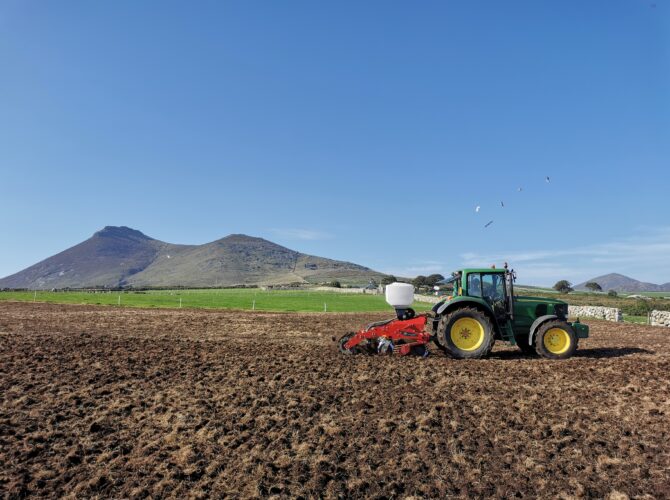Unlock your Grassland’s Potential
3rd April 2025

As the seasons change and spring arrives, many farmers are considering strategies to enhance their grassland productivity.
Spring reseeding is a proven way to boost grassland productivity. By introducing new, varieties of grass, farmers can significantly increase their dry matter (DM) yield. Top-performing farms have achieved yields of over 15 tonnes per hectare after reseeding with perennial ryegrass varieties. This increase in yield not only enhances farm output but also reduces the need for bought-in feed, lowering costs and improving profitability. New swards produce better digestibility and have a higher nutritional content, which directly benefits animal health and performance. Fane Valleys grass seed mixtures are designed to improve yields and utilisation by livestock, leading to higher liveweight gains and enhanced milk production.
A field should be considered for a full reseed if there is less than 50% perennial rye grass. Rye grass can be identified by the reddish colour to the stem base. Ideally a sward should have over 70% ryegrass, if lower than 70% but over 50% over seeding could be considered to enhance production and extend the life of the sward. Before reseeding, it is important to correct any issues which may prevent it from succeeding such as soil fertility, drainage, or soil structure.
Reseeding provides an ideal opportunity to address pH imbalances, which often arise due to rainfall and fertiliser use, leading to acidic conditions that hinder nutrient uptake. By adjusting the pH to the recommended range of 6.3-6.5 for most grasslands farmers can enhance nutrient efficiency, improve grass yields, and support more productive sward species like perennial ryegrass.
Swards which have been badly poached may need to be ploughed and fully reseeded however swards which have not been severely damaged could benefit from rolling and overseeding when conditions allow which will thicken the sward and fill in the damaged areas without taking the field out of production.
After reseeding it important to manage the sward well to ensure it gets off to the best start. This includes weed control at around 4 weeks after sowing, at this stage the weeds are still young and are more susceptible to herbicide application ensuring better control. Please speak to a BASIS qualified advisor such as a member of the Fane Valley Agronomy & Forage team to ensure you are using the right product to control the weeds in your field. It is best practice to graze the reseeded field first rather than take a cut of silage as this grazing encourages tillering of the young grass plants. This first grazing should be a light grazing and take place as soon as the grass passes the pluck test, to perform a pluck test, pinch the grass plant at its base between two fingers and pull. The grass should break rather than be pulled out of the soil including the roots.
To find out more about reseeding please contact your Fane Valley agronomist or call 02892610485.

